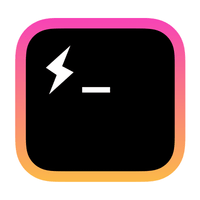

ZSH will enable some really cool functionality out of the box, such as tabbing auto completion for certain commands like cd, cat, and ls. At this point you'll want to move any specific settings from. Once ZSH is initialised you'll notice your prompt looks different. I selected (2) here, which enables some common settings. You might also be met with this configuration screen: If you're on Mac, you're already using ZSH by default, so you can skip this step entirely.Īfter installing ZSH, logout and log back in to allow it to complete setup. You can find installation instructions for ZSH on the official ZSH git repository. However, switching it out for ZSH will give us access to a bunch of functionality as well as plugins and customisation options. If you're on Linux, or if you're using WSL, it's likely your terminal uses Bash by default. This guide has been written specifically with UNIX systems in mind, so if you're on Windows I recommend installing WSL. Once you're done, your terminal should look something like this: It's by no means perfect, but it should be enough to get you started. And it's what I use every day for both personal and professional projects, so I know it works. That's why I've spent no less than a couple of years perfecting this cross-platform guide to improving your terminal experience. But, despite how fundamental terminals are for modern web development, they're incredibly minimal and limited with often quite bad UX.

If you're a web developer, you probably spend a whole lot of time in your terminal. How to set up a modern terminal for developers


 0 kommentar(er)
0 kommentar(er)
